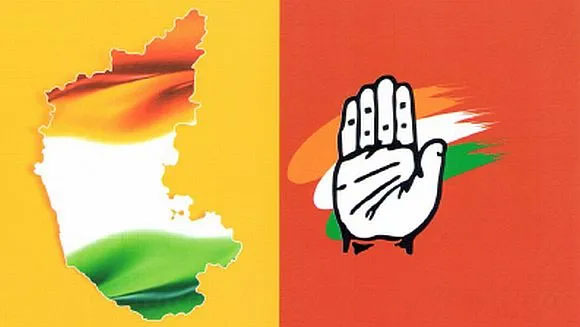Daijiworld Media Network – Bengaluru
Bengaluru, Oct 24: If the father is a chief minister or former CM, the son becomes an MLA, the son-in-law a Member of Parliament, the daughter-in-law an MLC, and the grandson a zilla panchayat president—dynastic politics is nothing new in the country. A recent report by the Association for Democratic Reforms (ADR) reveals that out of 5,204 MPs, MLAs, and MLCs in India, nearly one-fifth have a dynastic political background. Among parties, the Congress has the highest number of dynastic leaders, while Karnataka ranks fourth among states in terms of political dynasty representation.

The report highlights that among national parties, 20% of current representatives have a family political background. Congress tops the list with 32% of its MPs, MLAs, and MLCs coming from political families. The BJP follows with 18%, while CPI(M) records the lowest at just 8%.
Of the 3,214 MPs, MLAs, and MLCs analysed across national parties, 657 (20%) have a dynastic background. Congress again leads with 32%, followed by BJP at 18%. Smaller parties like CPI(M) show minimal presence of dynastic politics.
According to the ADR and National Election Watch (NEW) report, 1,107 (21%) of all sitting MPs, MLAs, and MLCs have dynastic roots. While state assemblies show relatively lower representation at 20%, the Lok Sabha records 31%, the Rajya Sabha 21%, and state legislative councils 22%.
Uttar Pradesh ranks first with 141 dynastic leaders, followed by Maharashtra (129), Bihar (96), and Karnataka (94). In UP, 141 of 604 representatives (23%) hail from political families. Maharashtra ranks second with 129 of 403 (32%) representatives having dynastic links.
Overall, one in every five lawmakers across the country comes from a political family. The report also notes that in South India, dynastic politics is particularly entrenched in Karnataka and Andhra Pradesh.